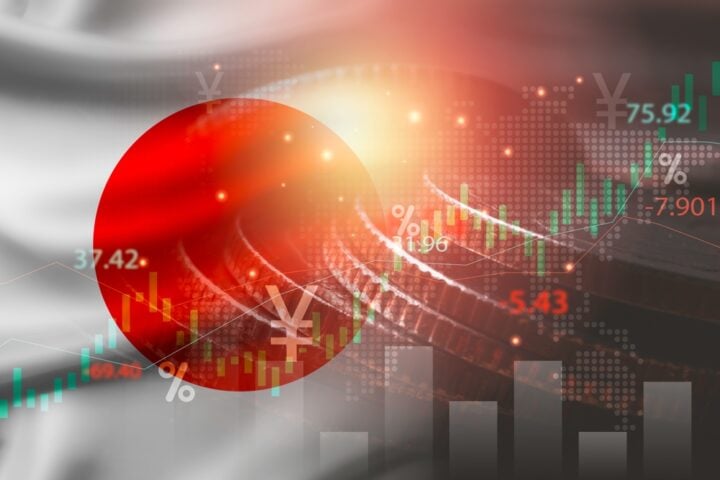Core inflation in Tokyo accelerated in December, fueled by rising utility bills and food prices, while services inflation held steady. These trends are keeping market expectations alive for a near-term interest rate hike by the Bank of Japan (BOJ). However, a decline in factory output raises concerns about the strength of Japan’s economic recovery.
Inflation Data: Tokyo’s Core CPI
The Tokyo core consumer price index (CPI), which excludes volatile fresh food costs, rose 2.4% in December compared to the same period last year, slightly below the market forecast of 2.5%. This marks an increase from November’s 2.2% rise.
A secondary index that excludes both fresh food and fuel costs, closely monitored by the BOJ for demand-driven inflation, rose 1.8% in December, a slight dip from November’s 1.9%.
Service-sector prices showed resilience, increasing 1.0% in December, up from 0.9% in November, reflecting the impact of sustained wage gains.
“There’s a chance higher wages will be passed onto services prices, which is positive for the BOJ in normalizing policy,” said Masato Koike, senior economist at Sompo Institute Plus.
Factory Output Decline Signals Weakness
Japan’s factory output fell 2.3% in November, marking the first decline in three months. This downturn, driven by reduced production in semiconductor equipment and automobiles, underscores vulnerabilities in Japan’s export-reliant economy amid weakening overseas demand.
“When stripping away the effect of rising utility bills, there’s no sign of strength in inflation,” said Toru Suehiro, chief economist at Daiwa Securities, expressing skepticism about a January rate hike.
BOJ’s Policy Path
The BOJ ended negative interest rates in March and raised its short-term policy rate to 0.25% in July, citing steady progress toward its 2% inflation target. Since then, rates have remained unchanged, with Governor Kazuo Ueda emphasizing the need for more data to evaluate wage trends and assess the incoming U.S. administration’s policies.
Market focus is now on the BOJ’s upcoming policy meeting on Jan. 23-24, with speculation about whether the central bank will raise rates to 0.5% or wait until the March 18-19 review.
Balancing Risks
While Tokyo’s inflation data suggests progress toward the BOJ’s goals, higher utility and food prices could weigh on consumption, discouraging firms from raising prices further. This delicate balance highlights the BOJ’s challenge in timing its next rate hike amid economic uncertainties.
Outlook
With inflation trends offering mixed signals and factory output showing signs of strain, the BOJ faces a critical decision in the coming months. Analysts remain divided on whether the central bank will move to tighten monetary policy in January or delay action until March.







